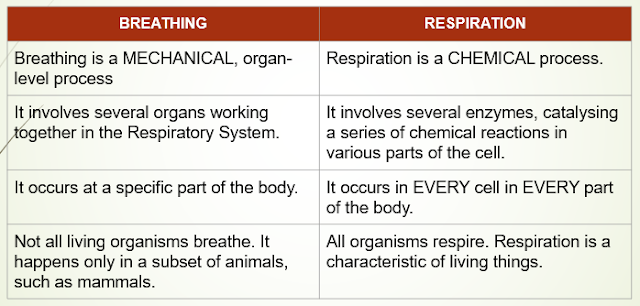TRANSPORT SYSTEMS - AN OVERVIEW
SYLLABUS OBJECTIVES
CSEC HSB
- [B3.1] explain the need for a transport system in the human body;
- [B3.2] identify the materials which need to be transported around the human body;
CSEC BIOLOGY
- [B4.1] explain the need for transport systems in multicellular organisms;
- [B4.2] identify the materials which need to be transported in animals & plants;
TRANSPORT IN UNICELLULAR ORGANISMS
Diffusion is sufficient for microbes such as the amoeba cell to get all of its life requirements, because the organism has a very large surface area to volume ratio (SA / V).
The surface area is large enough that diffusion of gases across the surfaces provide all the cell's needs. Once inside the cell, gases & nutrients do not have to travel large distances, so they can move through the cell via diffusion.
They therefore do not need a transport system!
ISSUES WITH MULTICELLULAR ORGANISMS
Larger, multicellular organisms - with tissues & organ systems - cannot depend on diffusion for their transport needs.
- SA / V is small, relative to the volume & number of cells in their bodies.
- A large portion of their surfaces have a protective function, being covered with skin, hair, nails and/or scales. Such function does not allow the surface to facilitate diffusion as semi-permeable membranes.
- Given the large volume & numbers of cells, diffusion is not fast enough to get materials to and from all the cells, according to their needs to maintain life.
COMPARING TRANSPORT SYSTEMS
|
|
ANIMALS |
PLANTS |
|
Transport System |
In vertebrates, 1-2 circulatory systems. Main one is blood-based and is a closed system. The other is lymph
(tissue-fluid) based and partially closed. Invertebrates have open circulatory systems in which the transport
medium is haemolymph. |
No transport system
present. Instead, there are 2
types of transport tissue that run parallel to each other. Xylem – transports water and solutes
from root to leaves. Phloem – transports organic products
between leaves and roots, in both directions. |
|
Tubes |
3 types of blood vessels: arteries,
veins, and capillaries. They differ in structure,
according to their roles. |
Specialised tubes that consist of
dead or living cells. Xylem, tracheids, and phloem
tissue, packaged in a vascular bundle. |
|
What Causes the Fluid to Move?
|
A pump applies pressure which moves the medium through the tubes. The heart in humans and other mammals is a double pump. |
In Xylem: Transpiration pull, produced by the evaporation of water out of the leaves.
In Phloem: Active transport is used to load sugars into the phloem vessels, at
one end. The difference in concentration produces hydrostatic pressure as
water is drawn in at one end via osmosis. |
|
Fluid Flow Rate |
This varies according to the part
of the body and level of physical activity. Overall, mammals have a greater
flow rate than plants.
Flow rate is controlled by heart
action, as well as dilation and constriction of the blood vessels. These are, in turn, influenced by
hormones and nerve signals. |
Relatively slower than that of
animals. The rate in the xylem vessels is affected
by environmental factors such as temperature and humidity. |
|
Transport of Water |
In blood plasma, which is usually 90% water. |
In xylem, as is, but with several solutes dissolved in it. |
|
Substances Transported
(Differences) |
Carbohydrates are transported in the blood as the
monosaccharide known as glucose. Respiratory gases are transported in the blood,
either attached to haemoglobin in the red blood cells (O2), or
dissolved in the plasma (CO2) |
Carbohydrates are transported in the phloem
tissue as the disaccharide known as sucrose. Respiratory gases directly diffuse into and out of
the leaves, via the stomata. |
|
Substances Transported
(Similarities) |
Both plants and animals transport the following: |
|


